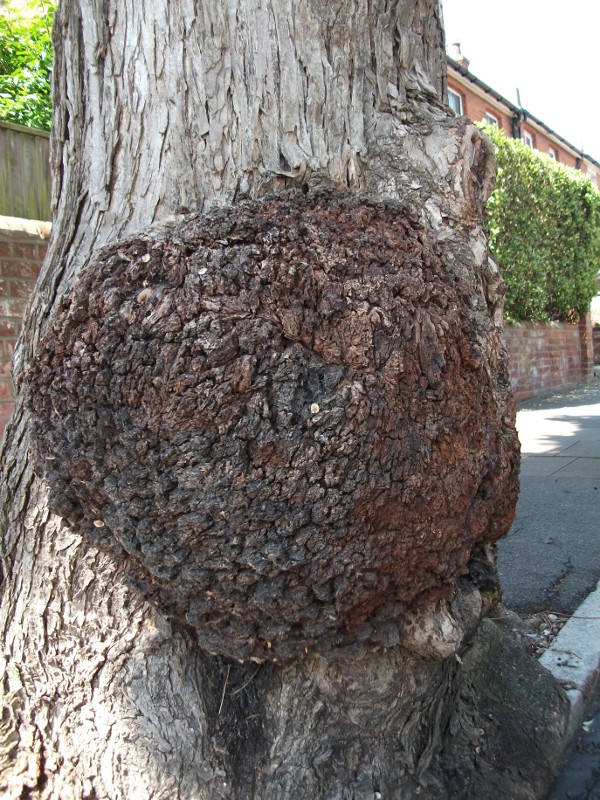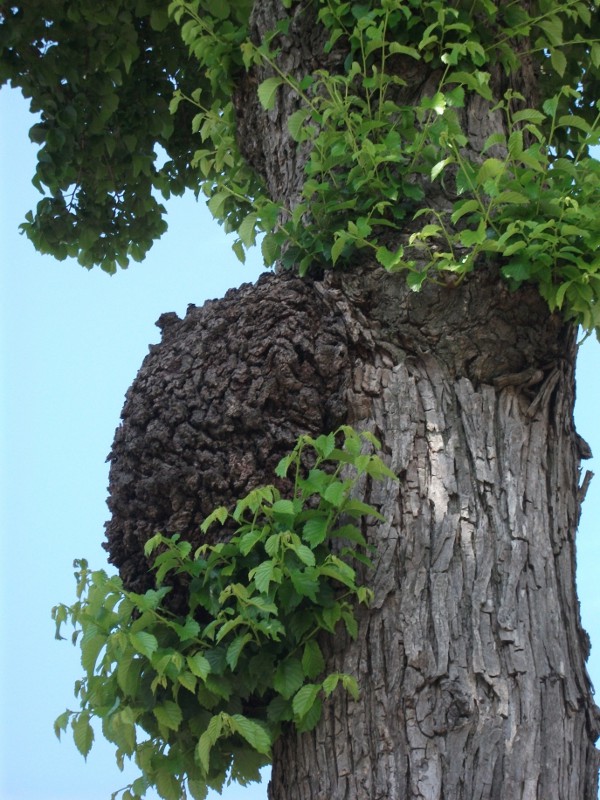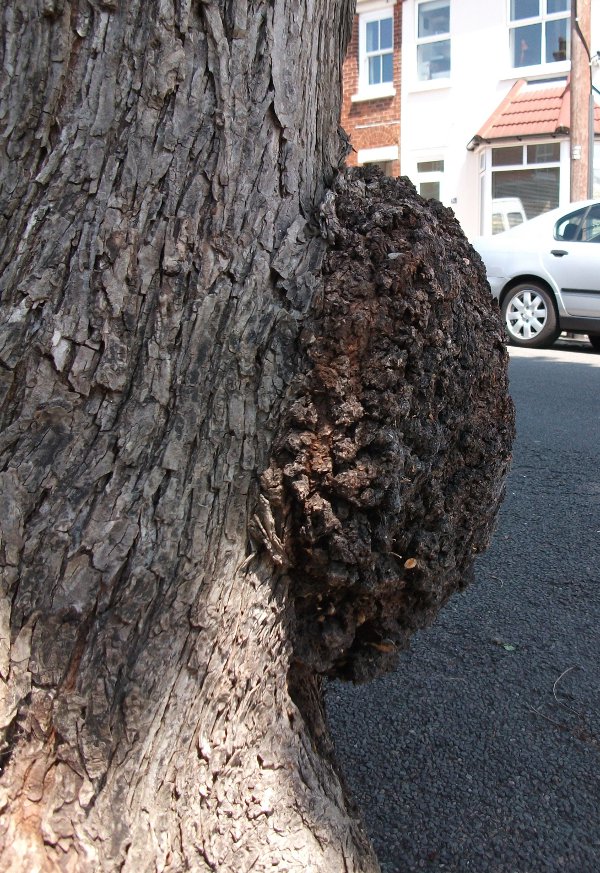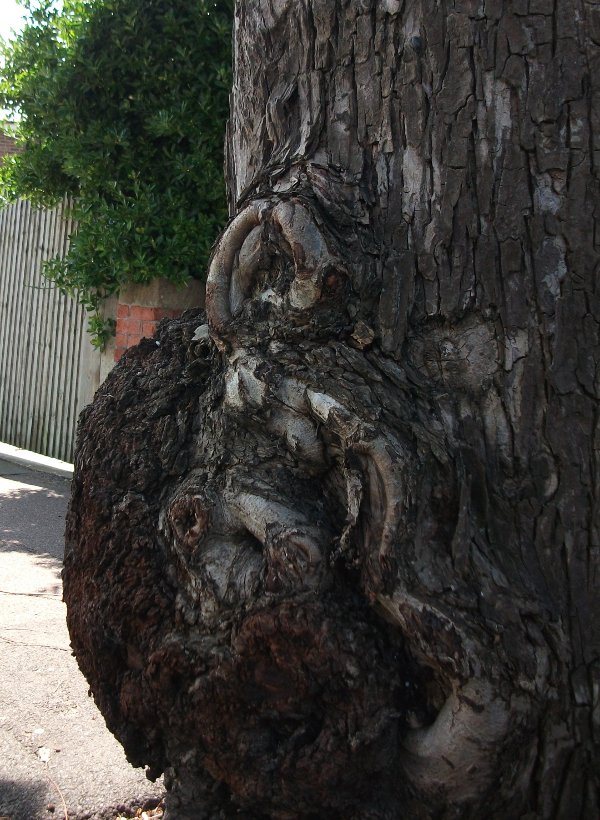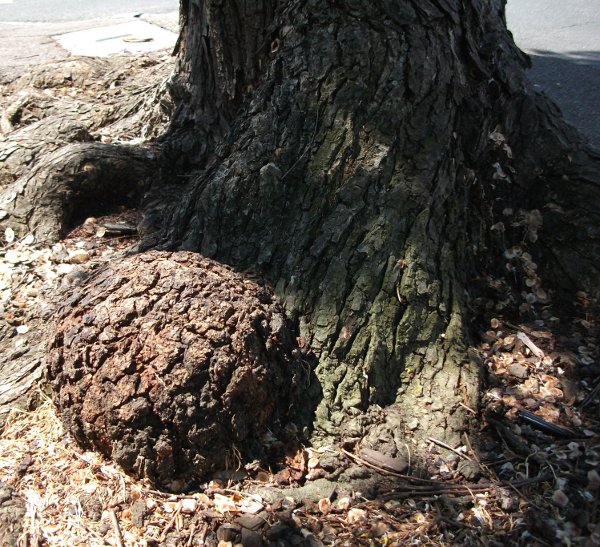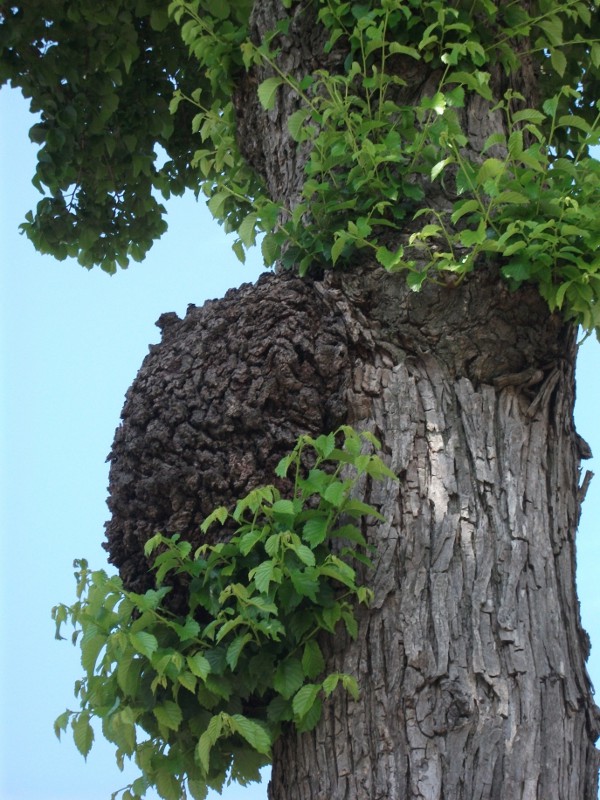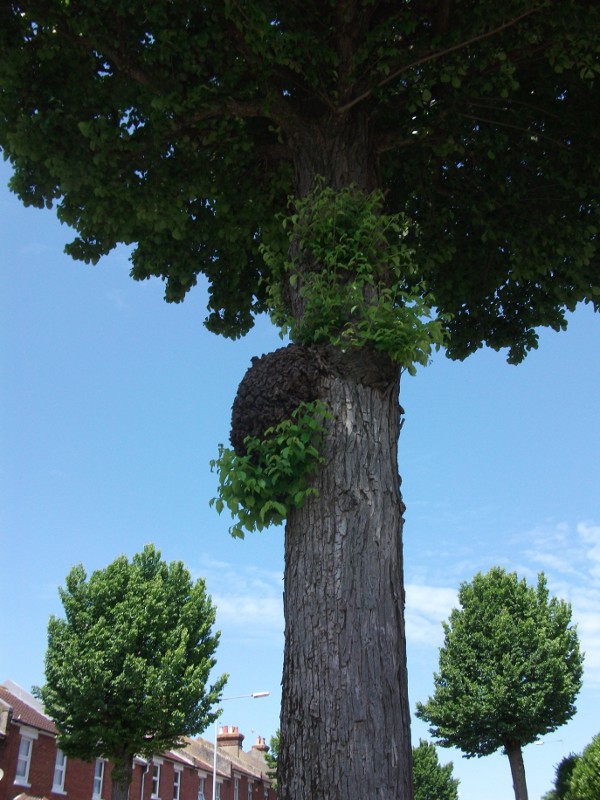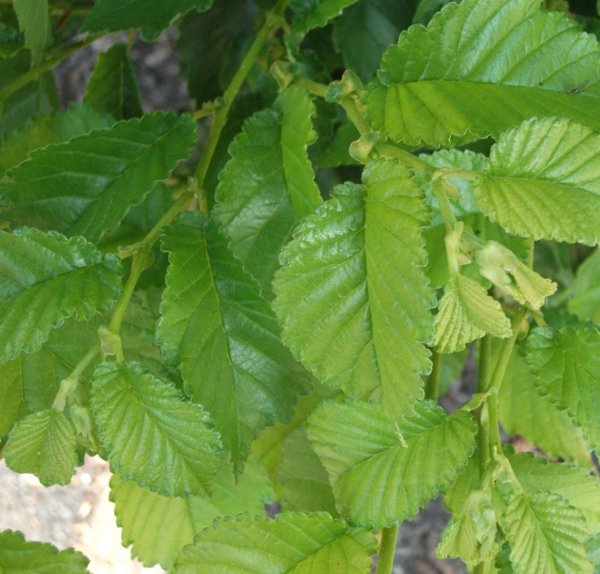The English Elm Tree (Ulmus procera) was brought to the UK during the Roman occupation and has been identified through genetic studies as originating in Italy or possible Turkey, although the majority of English Elms (Ulmus minor var. vulgaris – a minor clone of Ulmus procera) are clones supplied by Dutch growers in their thousands during the 17th Century and used extensively in England during the land grabs made available by the Enclosures acts of the 17th & 18th century. The Trees initially would be planted at the ‘corners’ of the enclosed land to identify the area with hedges or fences built later as the land was put to use.
Below are photographs of Ulmus Procera (the Roman English Elm) which survive in Eastbourne, they survive because the little beetle that carries spores of the ‘American fungus’ of the Dutch Elm disease has weak flying wings and can not fly higher then approx 200 ft before the stronger winds overcome it, so the beatles can not fly high enough to clear the chalk hills that surround Eastbourne. This is the reason for many years why the Elms in Brighton were spared the disease, but eventually the beatle arrived in Brighton from somewhere and the trees were cut down to prevent breeding habitats for the beatles.
The following Elm Trees were photographed because of the stem Galls that are growing on the Trees. Stem Galls are caused by bacteria and viruses which have been transmitted by insects that penetrate the trees bark, either to feed on the sap or to lay eggs when the tree is still young enough to have thin bark. The Galls do not directly harm the Tree but the swelling does impede the flow of the upward movement of water and the downward flow of sugars. The insect vectors are tiny wasps which lay eggs under the young bark and transmit several species of bacteria, although not well understood. Recent studies have found some species of ‘midges’ that also carry bacteria that cause galls on woody and herbaceous plants.
I have noticed that trees growing near water or in moist environments tend to have a greater amount of stem Galls then trees in more dryer environments, this could be caused by several factors. Either the bacteria requires a water environment for part of its life cycle or the insects that behave as the vectors require a moist environment for their own life cycles, it is well known that many insects asorb moisture through the atmosphere rather then having the ability to ‘drink’, Bacterial spores are also small enough to be carried or suspended in atmospheric water droplets.
Elm trees can be indentified easily from their leaves, at the base of the leaf where it meets the leave stem, there is a ‘lobe’ or asymetrical unbalance between the two sides of the leave stem, this can be seen in the photo below of the elm leaves.
